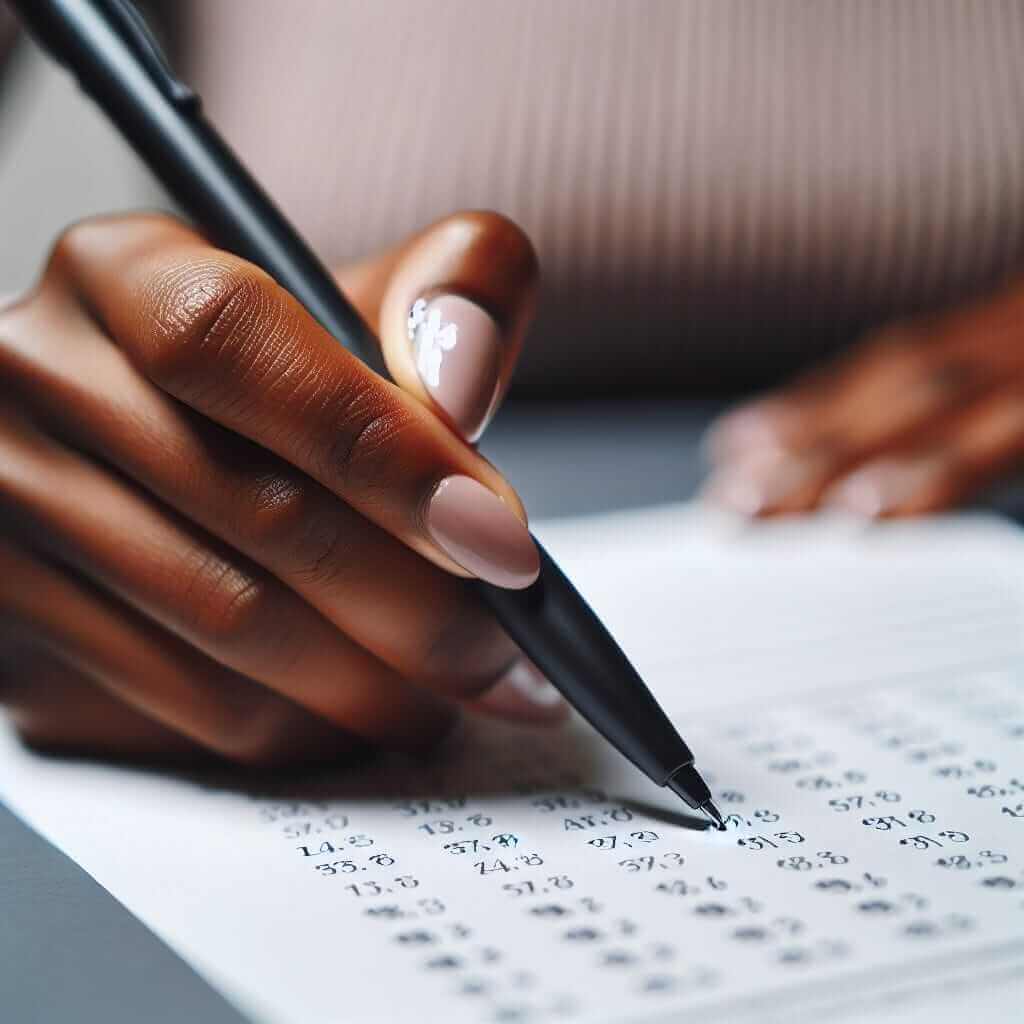In the realm of IELTS Speaking, precision and clarity are paramount, and this extends even to how you articulate numbers. Whether you’re describing statistical data, dates, or simply stating your age, using numbers accurately is crucial for achieving a high band score. This comprehensive guide delves into the intricacies of how to write numbers in IELTS Speaking, equipping you with the knowledge and confidence to navigate this aspect of the test with ease.
Why Number Proficiency Matters in IELTS Speaking
While it might seem like a minor detail, the way you handle numbers can significantly impact your IELTS Speaking score. Here’s why:
- Clarity and Fluency: Correctly pronouncing and expressing numbers contributes to smoother, more natural-sounding speech. Hesitating or stumbling over numerical values can disrupt your flow and affect your fluency score.
- Demonstrating Linguistic Range: Using a variety of methods to express numbers (e.g., using fractions, percentages, approximations) showcases a wider vocabulary and a stronger command of English grammar.
- Accuracy of Information: In tasks involving data interpretation or factual descriptions, accurately conveying numerical information is essential for a good score. Misrepresenting numbers can lead to misunderstandings and lower your score.
Navigating the Numerical Landscape: How to Express Numbers Effectively
1. Cardinal and Ordinal Numbers: The Basics
- Cardinal Numbers: These denote quantity (one, two, three, etc.) and are straightforward to use.
- Ordinal Numbers: These indicate position in a sequence (first, second, third, etc.). Be sure to pronounce the ‘th’ sound clearly at the end of ordinal numbers.
Example:
“There were twenty (cardinal) participants in the study, and I interviewed the fifth (ordinal) person on the list.”
2. Decimals, Fractions, and Percentages: Adding Precision
- Decimals: Use a clear “point” to indicate the decimal and pronounce each digit after the decimal individually.
Example: 3.14 is “three point one four” - Fractions: Familiarize yourself with common fractions (1/2 – “a half”, 1/4 – “a quarter”). For more complex fractions, say the numerator as a cardinal number and the denominator as an ordinal number.
Example: 2/5 is “two-fifths.” - Percentages: Say the number followed by “percent.”
Example: 50% is “fifty percent.”
3. Years: Saying It Right
- For years before the year 2000: Divide the year into two parts and pronounce each as a two-digit number.
Example: 1984 is “nineteen eighty-four” - For years from 2000 onwards: Say the year as a four-digit number.
Example: 2023 is “two thousand twenty-three”
4. Large Numbers: Breaking It Down
- For numbers in the thousands: Use “thousand” as a separator.
Example: 15,000 is “fifteen thousand” - For numbers in the millions and above: Use “million,” “billion,” etc.
Example: 2,500,000 is “two point five million” or “two million five hundred thousand”

Illustrative Examples from IELTS Speaking
- Describing a graph: “As you can see from the chart, the number of students enrolled in online courses increased from approximately 15,000 in 2010 to over 50,000 in 2020, demonstrating a significant upward trend.”
- Talking about a historical event: “The Berlin Wall fell in 1989, marking a pivotal moment in modern history.”
- Sharing personal information: “I was born in 1995, so I’m currently 28 years old.”
Tips for Success:
- Practice Makes Perfect: Regularly practice pronouncing and using numbers in various contexts. Record yourself speaking and analyze your performance.
- Listen to Native Speakers: Pay attention to how native English speakers articulate numbers in movies, podcasts, or everyday conversations. This can help you refine your pronunciation and rhythm.
- Stay Calm and Composed: During the IELTS Speaking test, if you make a mistake with a number, don’t panic! Correct yourself naturally and move on.
Conclusion
Mastering the art of using numbers effectively in your IELTS Speaking is an achievable goal with focused practice and attention to detail. By following the guidelines outlined in this guide, you’ll be well-equipped to articulate numerical information with clarity, confidence, and accuracy, paving your way to a successful IELTS Speaking performance.